Results 10,431 to 10,440 of 12096
Thread: Anandtech News
-
03-18-20, 01:56 PM #10431
Anandtech: Microsoft Now Offers Azure NVv4 Virtual Machines with AMD EPYC & Radeon In
AMD’s 2nd Generation EPYC processors have gained a strong recognition among cloud computing companies, and today numerous instances are powered by AMD’s latest server CPUs. By contrast, however, the company has not been particularly successful with its datacenter GPUs, so instances powered by EPYC CPUs and Radeon Instinct accelerators are rare. Things are getting better for AMD, though, and this week Microsoft Azure began to offer virtual machines that offer both AMD’s CPUs and GPUs.
An all-AMD affair, Microsoft's new Azure NVv4 Virtual Machines offer 32 cores from AMD 2nd gen EPYC processors paired with AMD's Radeon Instinct MI25 GPU. EPYC at this point is a known quantity as the latest and greatest CPU architecture from AMD, living up to the expectations that come from it. Pairing it with the Radeon Instinct MI25, however, is an unusual choice. The MI25 is from AMD's first generation of Instinct accelerators, and uses the company's 14nm Vega 10 GPU. This is in contrast to the newer MI50/MI60 accelerators, which are based on the newer 7nm Vega GPU, and incorporate some new server-specific features. So the NVv4 instance's GPU offering is admittedly less than AMD's best showing from a performance and power efficiency standpoint.
The virtual machines are meant to run virtual desktops and to be used for a variety of desktop and workstation workloads that take advantage of multi-core CPUs as well as high-performance GPUs. Depending on requirements, the systems offer four resource-balanced configurations, from 1/8th GPU and four CPU cores, to a full GPU with 32 CPU cores. Microsoft notes that for security reasons one VM can only access the GPU resources assigned to them and the secure hardware partitioning blocks unapproved access by other VMs.
These new instances will be available in South Central US, East US, and West Europe regions starting April 1. Microsoft intends to offer more AMD-powered NVv4 VMs in other regions on the coming months.
In addition to the NVv4 VMs, Microsoft Azure offers Dav4, Eav4, HBv2, and Lsv2 instances based on AMD’s EPYC processors.
Related Reading:
- Amazon AWS Offers Another AMD EPYC-Powered Instance: T3a
- Amazon Offers More EPYC: M5ad & R5ad Instances
- Updated AMD Ryzen and EPYC CPU Roadmaps March 2020: Milan, Genoa, and Vermeer
- AMD Expands EPYC Lineup with 64-Core EPYC 7662 & Large Cache EPYC 7532 CPUs
Sources: AMD, Microsoft Azure
More...
-
03-18-20, 01:56 PM #10432
Anandtech: Apple Unveils New iPad Pro: A12Z Bionic, Camera w/ Depth Sensor for AR, Ke
Apple’s iPad Pro has always been about bringing tablets closer to laptops, in a bid to cater professional users and satisfy their requirements. Today, Apple announced its 4th Generation iPad Pro, that on one hand further blurs the gaps between tablets and notebooks, but on the other hand uses the key advantage of the former over the latter — portability — to enable new use cases. Among the highlights of the 2020 iPad Pro are its improved camera with a depth sensor (which Apple for describes as a LiDAR module, more on that later), trackpad support (which requires a new keyboard), and faster connectivity.
The new Apple iPad Pro 2020 resemble the company’s previous-generation professional tablets introduced 1.5 years ago: the latest iPad Pros feature the same design with relatively thin bezels, coming in Space Gray or Silver aluminum chassis, and featuring 11-inch (2388×1668) or a 12.9-inch (2732×2048) Retina display with a smooth 120 Hz refresh rate, 600 nits brightness. Since the new tablets use exactly the same chassis as their predecessors, they have the same dimensions, however their weight has increased due to the new internals — 473 grams (1.04 pounds) for the 11-inch Wi-Fi+4G model, and 643 grams (1.41 lbs) for the 12.9-inch Wi-Fi+4G model.
Speaking of architecture, it is necessary to note that the new 4th Generation Apple iPad Pro tablets are based on the A12Z Bionic application processor, a revamped version of the A12X Bionic system-on-chip that powers previous-generation iPad Pros. The new SoC received an eight-cluster GPU (vs. a seven-cluster GPU in case of the A12X), tuned performance controllers, and an enhanced thermal architecture, which might mean higher clocks for eight general-purpose CPU cores. We don't have any more specific information on the A12Z, with the most important question whether this is actually a new design, or just a re-binned variant of the A12X.
With improved CPU and GPU performance, the 2020 Apple iPad Pro gets closer to advanced notebooks as horsepower provided by the A12Z promises to be similar to that of mainstream x86 CPUs.
In addition to the new SoC, one of key improvements of the new iPad Pro tablets is their new main camera that now features a 12 MP wide camera module, a 10 MP ultrawide camera module, a LED flash, and a 3D depth sensor that can measure the distance to surrounding objects up to 5 meters away both indoors and outdoors.
Apple calls the new module a LiDAR scanner, however we don't know if this actually is an actual LiDAR - the technical definition of a LiDAR is a module that uses an illuminator (Most of the time, a laser, hence the name) and a scanning beam. If Apple has been able to actually include such technology, that would quite a novelty and first in the industry. It's however also possible that Apple is doing a marketing experiment here and the technology behind the sensor would simply be similar to the time-of-flight (ToF) sensors that we've seen from other vendors out in the market for the last year.
A depth sensor can be used to make photos with Bokeh effect, or for various augmented reality (AR) applications, which enhances use cases for Apple’s professional tablets.
On the connectivity side of matters, the new iPad Pros feature a USB Type-C connector, a Wi-Fi 6 chip that supports transfer speeds up to 1.2 Gbps, Bluetooth 5.0, and an optional 4G/LTE modem that now supports up to 30 bands. Apple does not disclose which modem it uses, but it looks like it is going to offer some improvements when compared to the modem used for previous-generation professional tablets from the company.
The fourth key enhancement that the new iPad Pro tablets have over predecessors is not a hardware advance, but rather an iPadOS 13.4 improvement. The new version of the operating system now supports keyboards with trackpads. Apple says that the cursor on iPadOS does not mimic its behavior on macOS, but is optimized for iPad’s realities. Meanwhile, multi-touch gestures are fully supported. The manufacturer says that the addition of a trackpad — which again brings the tablet closer to laptops — is meant to improve performance in applications that require typing, as now users will not have to take their hands off the keyboard to interact with UI. Apple claims that the trackpad works smoothly with existing applications for iPadOS, but developers can further adjust their products to take advantage of multi-touch gestures and other perks that trackpads provide.
The first keyboard for iPad Pro to feature a trackpad is Apple’s own Magic Keyboard for iPad Pro. The unit features backlit keys with a scissor mechanism and a 1 mm travel distance. The keyboard attaches to the tablet magnetically and can be adjusted to a comfortable viewing angle when typing. The device even has charging capabilities with USB-C port to enable a passthrough charging, which allows to connect an external display or a storage device to tablet’s own USB-C interface. In addition to the latest iPad Pros, the new Magic Keyboards for 11-inch and 12.9-inch tablets are fully compatible with previous-generation iPad Pro 11 and iPad Pro 12.9 devices.
Other highlights of the new 2020 iPad Pro tablets include Face ID (enabled by a 7MP TrueDepth camera), compatibility with Apple Pencil, four speakers, five microphones, a three-axis gyro, an accelerometer, an ambient light sensor, and a barometer.
Now, time to talk about pricing of the new iPad Pro. Entry level Wi-Fi-only and Wi-Fi+LTE models now feature 128 GB of NAND flash storage, yet carry the same price tags as their predecessors: the cheapest iPad Pro 11-inch comes in at $799, whereas the cheapest iPad Pro 12.9-inch is $999. More advanced SKUs with 256 GB, 512 GB, or 1 TB of storage actually became more affordable than their direct predecessors, as some got $50 cheaper, whereas others lost a rather whopping $250, which will please users with significant storage requirements. The new units are available for pre-order at Apple.com and Apple Store app today with retail availability starting next week.Apple iPad Pro ComparisoniPad Pro 11"
(2020)iPad Pro 12.9"
(2020)iPad Pro 11"
(2018)iPad Pro 12.9"
(2018)SoC Apple A12Z
4x Apple Vortex
4x Apple Tempest
8-cluster GPUApple A12X
4x Apple Vortex
4x Apple Tempest
8-cluster A12 GPUDisplay 11-inch
2388x1668
IPS LCD
DCI-P3, 120Hz12.9-inch 2732x2048
IPS LCD
DCI-P3, 120Hz11-inch
2388x1668
IPS LCD
DCI-P3, 120Hz12.9-inch
2732x2048
IPS LCD
DCI-P3, 120HzDimensions 247.6 x 178.5 x 5.9 mm
471 / 473 grams (WiFi / LTE)280 x 214.9 x 5.9 mm
641 / 643 grams (WiFi / LTE)247.6 x 178.5 x 5.9 mm
468 / 468 grams (WiFi / LTE)280 x 214.9 x 5.9 mm
631 / 633 grams (WiFi / LTE)RAM ? ? ? ? NAND 128 GB / 256 GB / 512 GB / 1 TB 64 GB / 256 GB / 512 GB / 1 TB Battery ? Wh ? Wh 29.37 Wh 36.71 Wh Front Camera 7MP, f/2.2, Auto HDR, Wide Color Gamut, Retina Flash 7MP, f/2.2, Smart HDR, Wide Color Gamut, Retina Flash Rear Camera 12MP, f/1.8, PDAF, wide-angle
10MP, ƒ/2.4 aperture, ultra-wide-angle 125° FOV
Depth sensor (LiDAR)
Smart HDR
Wide Color Gamut
True Tone Quad-LED flash12MP, f/1.8, PDAF,
Smart HDR
Wide Color Gamut
True Tone Quad-LED flashCellular 2G / 3G / 4G LTE (30 bands) 2G / 3G / 4G LTE (29 bands) SIM Size NanoSIM NanoSIM Wireless Wi-Fi 6 2x2 MIMO,
Bluetooth 5,
GPS/GLONASSWi-Fi 5 2x2 MIMO,
Bluetooth 5,
GPS/GLONASSConnectivity USB-C
Apple Smart ConnectorLaunch OS iOS 13.4 iOS 12.1 Launch Price Wi-Fi:
$799 (128GB)
$899 (256GB)
$1099 (512GB)
$1299 (1TB)
Wi-Fi + LTE:
$949 (128GB)
$1049(256GB)
$1249 (512GB)
$1449 (1TB)Wi-Fi:
$999 (128GB)
$1099 (256GB)
$1299 (512GB)
$1499 (1TB)
Wi-Fi + LTE:
$1149 (128GB)
$1249 (256GB)
$1449 (512GB)
$1649 (1TB)Wi-Fi:
$799 (64GB)
$949 (256GB)
$1149 (512GB)
$1549 (1TB)
Wi-Fi + LTE:
$949 (64GB)
$1099 (256GB)
$1299 (512GB)
$1699 (1TB)Wi-Fi:
$999 (64GB)
$1149 (256GB)
$1349 (512GB)
$1749 (1TB)
Wi-Fi + LTE:
$1149 (64GB)
$1299 (256GB)
$1499 (512GB)
$1899 (1TB)
As far as the price of the Magic Keyboard for iPad Pro is concerned, the unit is going to cost $299 for the 11-inch model, $349 for the 12.9-inch model, and will start shipping this May. The addition of this keyboard to a decently configured iPad Pro naturally makes the whole package cost like an entry-level laptop, which, again, blends the difference between the iPad Pro and the MacBook Air.
Related Reading:
- The 2018 Apple iPad Pro (11-Inch) Review: Doubling Down On Performance
- Apple Announces New 11" and 12.9" iPad Pros with A12X SoC
- Apple Refreshes iPad Pro Lineup: A10X Fusion SoC for 10.5-inch, 12.9-inch Models
- The 9.7" iPad Pro Review
- The iPad Pro Preview: Taking Notes With iPad Pro
Source: Apple
More...
-
03-18-20, 06:14 PM #10433
Anandtech: Apple Reveals MacBook Air 2020: 10th Gen Intel Quad-Core and Scissor Keybo
Apple has unveiled its new generation MacBook Air lineup that features a number of long-awaited upgrades, including Intel’s newest processors with up to four cores as well as Iris Plus graphics, a keyboard with scissor mechanism, more memory, as well as more storage space.
Apple’s early-2020 MacBook Air laptops come in silver, space gray, as well as gold aluminum chassis that are slightly thicker and slightly heavier when compared to enclosures used for the 2018 and 2019 machines. We are still dealing with systems that are up to 1.61 cm thick and weigh no more than 1.3 kilograms, so they are still more portable than MBAs from, say, 2017.
But the slightly different dimensions and weight also brings a big performance gain, as the new MacBook Air notebooks are based on Intel’s new 10th Generation Core processors, with up to four cores as well as Iris Plus Graphics, a significant upgrade when compared to low-voltage 8th Gen dual-core Core i5 CPUs with UHD Graphics 617 used for previous-gen MBAs.
Apple doesn't specifically mention which variants of Intel's 10th gen processors it uses, but given that they describe the graphics being Iris Plus, these parts must be based on the 10nm Ice Lake lineup, as the Comet Lake products don't feature such a GPU.
The new processors are paired with 8 GB or 16 GB of LPDDR4X-3733 memory, providing substantial performance impovements and energy savings. Meanwhile, the new systems can be equipped with a 256 GB, 512 GB, 1 TB or 2 TB PCIe SSD.
While Apple completely redesigned the guts of the new MacBook Air notebooks, it did not touch their display. The new laptops still feature a 13.3-inch IPS LCD of a 2560x1600 resolution and a 227 PPI pixel density that supports True Tone technology which automatically changes white balance depending on the surrounding environment and illumination.
Connectivity wise, the new 2020 MacBook Air are generally similar to their predecessors: they have two Thunderbolt 3 ports, a Wi-Fi 5 + Bluetooth 5 controller (a minor upgrade), Touch ID fingerprint reader powered by the Apple T2 chip, and a headset jack.
As many people have complained about Apple’s keyboards with butterfly switches, the company is now moving on back to good-old scissor switches that promise to be more reliable. To that end, the new MacBook Airs feature the company’s latest ‘scissor’ Magic Keyboard as well as the signature oversized trackpad with Force Touch.
The new MBAs are equipped with the same 49.9-Wh battery as previous-generation Airs, but now Apple rates them for a slightly lower 11 ~ 12 hours of battery life.
When Apple introduced its 2018 MacBook Air notebooks, it increased their entry-level price to $1,199 (up from $999), which was not exactly a customer-friendly move. Last year the company dropped the price of its cheapest MBA model to $1,099, and this year it is finally back where it was several yeas ago, with the new MacBook Airs starting at only $999. Meanwhile, a quad-core Intel Core i5-based MacBook Air with 8 GB of LPDDR4X and 512 GB of storage is priced at $1,299.MacBook Air Specifications Model 2020 (General) 2019 (Base) 2018 (Base) 2017 (Base) Dimensions Width 30.4 cm 32.5 cm Depth 21.2 cm 22.7 cm Height 0.41 - 1.61 cm 0.41 - 1.56 cm 0.30 - 1.7 cm Weight 2.8 lbs (1.29 kg) 2.75 lbs (1.25 kg) 2.96 lbs (1.35 kg) CPU 2C/4T Core i3
1.10 - 3.20 GHz
4C/8T Core i5
1.10 - 3.50 GHz
4C/8T Core i7
1.20 - 3.80 GHz1.6 GHz (3.60 GHz Turbo)
Core i5
2 CPU Cores1.8GHz (2.90GHz Turbo)
Core i5-5350U
2 CPU CoresGPU Intel Iris Plus Intel UHD Graphics 617 Intel HD Graphics 6000 Display 13.3-inch 2560x1600 IPS LCD
DCI-P3 with True Tone13.3-inch 2560x1600 IPS LCD
DCI-P313.3-inch 1440x900 TN LCD Memory 8 - 16 GB LPDDR4X-3733 8 GB LPDDR3-2133 8 GB LPDDR3-1600 SSD 256 GB - 2 TB 128 GB PCIe 128 GB PCIe I/O 2x USB 3.1 Type-C
w/Thunderbolt 3
3.5mm Audio
Touch ID2x USB 3.0 Type-A
1x Thunderbolt 2
SDXC Card Reader
3.5mm AudioBattery Capacity 49.9 Wh 50.3 Wh 54 Wh Battery Life 11 - 12 Hours 12 Hours 12 Hours Price $999 $1099 $1199 $999
Related Reading:
- Apple’s MacBook Air Gets True Tone Display, Lower Price Tag
- Apple Announces 2018 MacBook Air: Entry-Level Laptop Gets Essential Refresh
- Apple Refreshes Mac Laptops: Pro, Vanilla, & Air All Get New CPUs
Source: Apple
More...
-
03-19-20, 09:57 AM #10434
Anandtech: On The Wings of an Eagle: GIGABYTE's X570 I Aorus Pro WIFI Motherboard Tes
The mini-ITX form factor is an interesting one as it allows users to create a small form factor system with the ability to integrate some of the top-performing hardware from the desktop segment. Usually small form factor comes with a premium, but the GIGABYTE X570 I Aorus Pro WIFI looks to change that with a modest price of just $220, which is an aggressive price against the competition in the X570 market. With features including an Intel AX200 Wi-Fi 6 wireless interface, support for DDR4-4400 memory, and two HDMI 2.0 video outputs, this X570 motherboard looks to have the mid-range market in its sights.
More...
-
03-19-20, 01:17 PM #10435
Anandtech: Apple Doubles Storage Capacity of Mac Mini Desktops
In addition to launching its new MacBook Air and iPad Pro, Apple on Wednesday refreshed its Mac Mini lineup of ultra-compact desktops. This time around, the company doubled storage capacity on systems featuring standard configurations, so the cheapest Mac mini now features a 256 GB SSD.
More...
-
03-19-20, 01:17 PM #10436
Anandtech: The Ultimate Tool for a WFH Lockdown : A 200,000 mAh Battery for 108hrs of
Suoaki, a Japanese company, has released a semi-portable battery pack rated at 200,000 mAh or 720 Wh. With this battery, it should be capable of charging a laptop for 11 times or a Nintendo Switch for 36 times. This kind of battery pack could be needed for those who need to travel a long distance on car, work somewhere away from the power grid, somewhere with an intermittent power supply, or just ensure that there is some extra power at home or in a remote cottage where one might want to spend the coronavirus quarantine.
The Suoaki S670 is rated at 720 Wh (200,000 mAh), which is why it is a complete overkill. You can't travel on a plane with it, because the legal limit for a battery on an aircraft is 100 Wh, but for those who need charging when travelling by car, or working from an isolated location, this is meant to be a tool to use. To put the 720 Wh capacity into perspective, this is enough to charge a modern laptop for 11 – 13 times, or an iPad Pro for 15 times, or a Nintendo Switch for 36 times. As an added bonus, the battery has two LEDs (sorry, no RGB).
The Suoaki S670 device has four AC outlets, two DC power connectors, two USB 5V/3A Type-A connectors, two USB QC 3.0-compatible ports, one USB 15V/3A Type-C connector that supports a 45 W Power Delivery, and one cigar socket (13V/10A). The battery pack can output up to 500 W of power to multiple devices at once. As for charging, the S670 can use a car charging socket (which takes seven to eight hours) or an AC adapter (which takes five to six hours). As for dimensions and weight, the unit measures 170mm×350mm×235mm and weighs 7.85 kilograms.
The high-capacity battery pack integrates multiple batteries, it has a microcontroller unit (MCU) and a battery management system (BMS) to support overcharge, overload, overheat/uderheat, overvoltage, and short circuit protection.
The Suoaki S670 720 Wh battery pack is available now in Japan. The unit is available for ¥79,880.
Related Reading:
- ChargeTech 124,800 mAh Battery Pack: Charge Your iPhone 47 Times
- Hyper Juice: 99Wh Battery Pack with 100W Charging for ~$400
Sources: Suoaki, Hermitage Akihabara
More...
-
03-19-20, 04:44 PM #10437
Anandtech: Quick Note: AMD Shows Off Raytracing on RDNA2
With today’s announcement from Microsoft of DirectX 12 Ultimate, both NVIDIA and AMD are also chiming in to reiterate their support for the new feature set, and to note their involvement in the process. For AMD, DirectX 12 Ultimate goes hand-in-hand with their forthcoming RDNA2 architecture, which will be at the heart of the Xbox Series X console, and will be AMD’s first architecture to support DirectX 12 Ultimate’s new features, such as ray tracing and variable rate shading.
To that end, as part of Microsoft’s overall DirectX Developer Day presentation, AMD is showing off raytracing running on an RDNA2 for the first time in public. Running an AMD-built demo they call “Futuristic City”, the demo incorporates DXR 1.0 and 1.1 features, to produce what can only be described as a very shiny demo.
It should be noted that this demo was a recording – as all of the Microsoft dev day presentations were – though there is little reason to doubt its authenticity. AMD also showed off an RT recording a couple of weeks back for Financial Analyst day, and presumably this is the same trailer.
More...
-
03-19-20, 04:44 PM #10438
Anandtech: Microsoft Unveils DirectX 12 Ultimate: The GPU Feature Set For the Next Ge
While the 2020 Game Developers Conference has been postponed, that thankfully doesn’t mean everything gaming-related for this spring has been postponed as well. As the saying goes, the show must go on, and this week we’ve seen Microsoft, Sony, and others go ahead and make some big announcements about their gaming consoles and other projects. Not to be left out of the fray, there is PC-related news coming out of the show as well.
Leading the PC pack this week is Microsoft (again), with the announcement of DirectX 12 Ultimate. Designed as a new, standardized DirectX 12 feature set that encapsulates the latest in GPU technology, DirectX 12 Ultimate is intended to serve as a common baseline for both PC game development and Xbox Series X development. This includes not only wrapping up features like ray tracing and variable rate shading into a single package, but then branding that package so that developers and the public at large can more easily infer whether games are using these cutting-edge features, and whether their hardware supports it. And, of course, this allows Microsoft to maximize the synergy between PC gaming and their forthcoming console, giving developers a single feature set to base their projects around while promoting the fact that the latest Xbox will support the very latest GPU features.
More...
-
03-20-20, 09:21 AM #10439
Anandtech: Logitech’s Combo Touch Keyboards, with Trackpad, for the 10.5-Inch iPad, A
With Apple’s iPadOS 13.4 bringing trackpad support to the operating system, it was just a matter of time before third-party accessory manufacturers created new keyboards with a touchpad. Logitech with its Combo Touch keyboard cases turned out to be the first.
Logitech’s Combo Touch folios are full-sized keyboards designed for iPads, so they have all the iPadOS shortcut keys, a touchpad that supports all the gestures the operating system does (including swipe, scroll, switch apps, pinch, double-tap, and more), and has a kickstand supporting various angles. The keyboards use 18 mm keys featuring a scissor mechanism with a 1 mm travel distance and backlighting, so from this standpoint the Combo Touch behave exactly like Apple’s latest Magic Keyboards. Logitech’s keyboard cases can work with the company’s Control app that can adjust lighting as well as make firmware updates.
The biggest selling feature of the Logitech Combo Touch keyboard cases is their compatibility with 10.5-inch Apple’s tablets that have a Smart Connector. This includes the 7th Generation iPad, the 3rd Generation iPad Air, and iPad Pro 10.5-Inch. By contrast, Apple has so far only released its Magic Keyboard for its iPad Pro 11-inch as well as iPad Pro 12.9-inch.
The Logitech Combo Touch products are set to be available this May for $149.99 (which is two times lower than the price of Apple’s own Magic Keyboard for iPad Pro 11-inch that is set to cost $299.99, and $200 cheaper than the MSRP of the Magic Keyboard for iPad Pro 12.9-inch).Logitech's Combo Touch Keyboard Cases for 10.5-Inch iPads Model Compatibility Color Features Weight 920-009602 iPad 7th Generation Graphite 18-mm key pitch
1-mm travel time610 grams 920-009606 iPad Air 3rd Gen
iPad Pro 10.5-Inch
Related Reading:
- Logitech Unveils Slim Folio Pro Keyboard for 3rd Gen iPad Pro
- Apple Unveils New iPad Pro: A12Z Bionic, Camera w/ Depth Sensor for AR, Keyboard w/ Trackpad
- The 2018 Apple iPad Pro (11-Inch) Review: Doubling Down On Performance
Source: Logitech
More...
-
03-20-20, 10:49 AM #10440
Anandtech: Embedded 1.8-inch Zen PC: DFI Unveils Credit Card-Sized AMD Ryzen Board
DFI has announced what they consider the world’s smallest single-board computer (SBC) that uses on AMD’s Ryzen Embedded processor. The highly-integrated credit card-sized GHF51 motherboard can be used for a variety of applications that have to be small, yet offer capabilities as well as performance of a modern PC.
The DFI GHF51 1.8-inch platform carries AMD’s dual-core Ryzen Embedded R1000-series SoC with AMD Radeon Vega GPU featuring three compute units (192 stream processors) with hardware H.264, H.265, and VP9 decoding. The SoC can be paired with 2/4/8 GB of single-channel DDR4-3200 memory as well as 16/32/64 GB of eMMC storage. The SBC features one Mini PCIe slot for an add-in card, an 8-pin DIO header, two micro HDMI 1.4 outputs (4Kp30), one USB 3.2 Gen 2 Type-C port, a GbE connector (controlled by the Intel I211AT or the I210IT chip), and an fTPM 2.0 chip.
At present, DFI lists two AMD Ryzen-powered SBCs: the GHF51-BN-43R16 with the Ryzen Embedded R1606G APU (2.60 GHz – 3.50 GHz, 12 W) as well as the GHF51-BN-43R15 with the Ryzen Embedded R1505G APU (2.40 GHz – 3.30 GHz, 12 W). Both boards carry 4 GB of DDR4-3200 memory, 32 GB of eMMC storage, two micro HDMI outputs, a GbE port, and one USB 3.1 Gen 2 Type-C port. Eventually, the company plans to add motherboards powered by the lower-power Ryzen Embedded R1102G (1.20 GHz – 2.60 GHz, 6 W) or Ryzen Embedded R1305G (1.50 GHz – 2.80 GHz, 8/10 W) SoCs into the lineup in a bid to address applications that have to be less power hungry.
DFI’s GHF51 SBC is an example when AMD’s Ryzen Embedded enters the small form factor embedded market. The 1.8-inch SBCs can power various small form-factor or IoT applications that can take advantage of high-performance Zen cores, but theoretically they can also be used inside devices that currently use Raspberry Pi or similar. Obviously, a Ryzen Embedded SBC will probably cost more than a Raspberry Pi, but it will also provide higher performance, which opens doors to new use cases.
DFI has not announced pricing of its AMD Ryzen Embedded-based SBCs or their availability dates. In fact, the GHF51 product page currently mentions ‘Preliminary’ status of the boards.
Related Reading- AMD Launches Ultra-Low-Power Ryzen Embedded APUs: Starting at 6W
- Sapphire Announces Two 4x4 AMD Ryzen Embedded Motherboards
- Ryzen UCFF-palooza: Multiple PC Makers Now Shipping AMD Ryzen Embedded Systems
- SimplyNUC Unveils Sequoia: AMD Ryzen V-Series-Based UCFF PC
- Sapphire Unveils FS-FP5V: AMD Ryzen Embedded Mini-STX Motherboard
Sources: DFI
More...
Thread Information
Users Browsing this Thread
There are currently 13 users browsing this thread. (0 members and 13 guests)




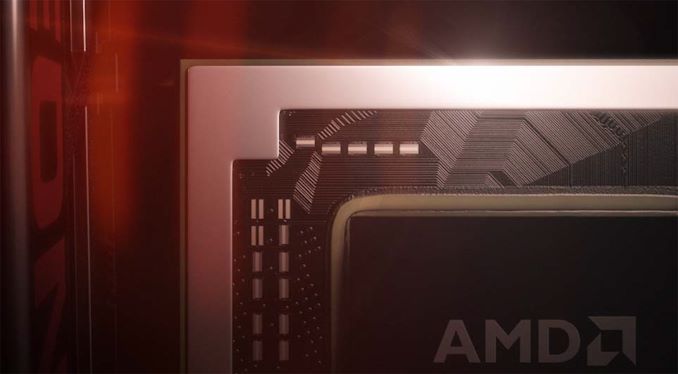
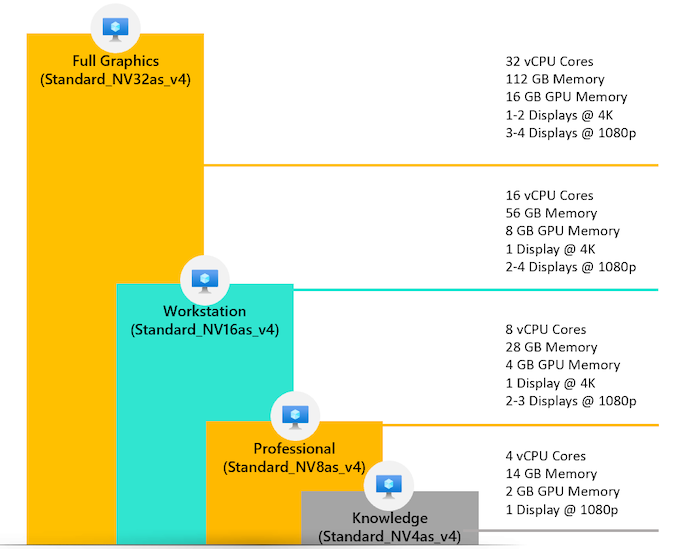

 Quote
Quote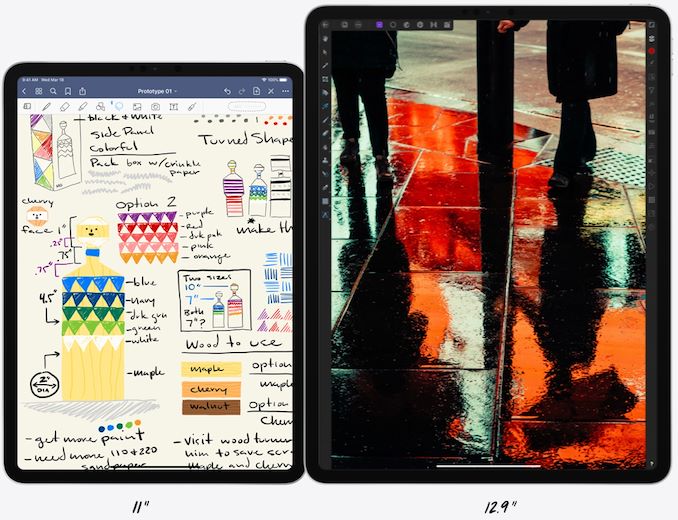
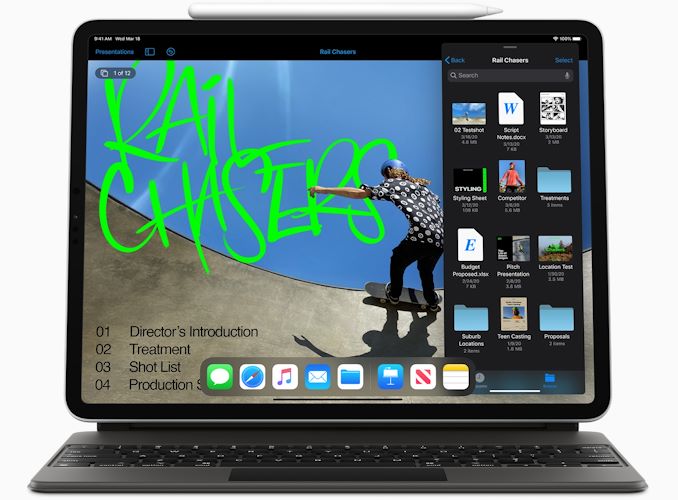
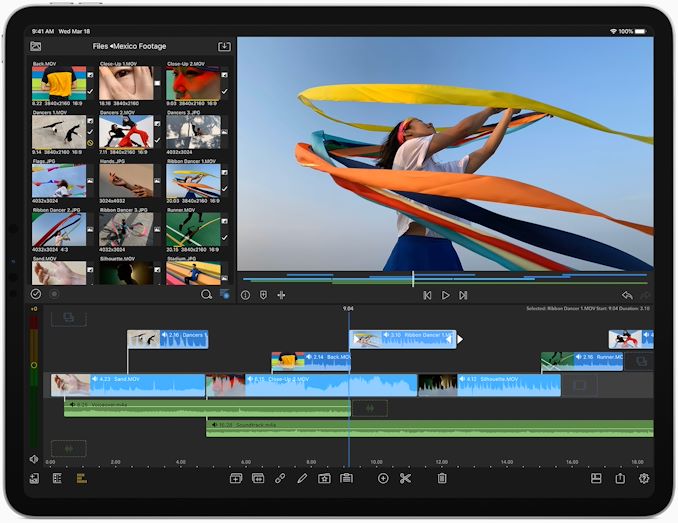
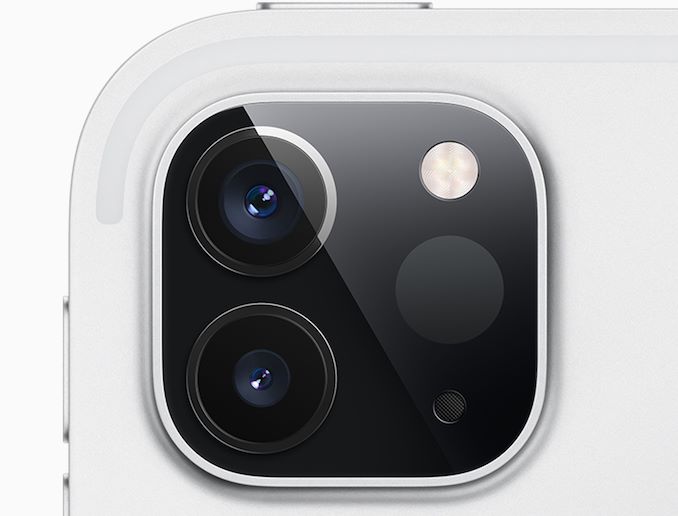
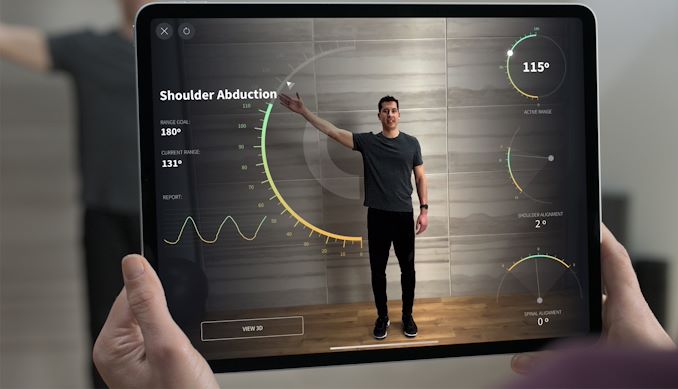
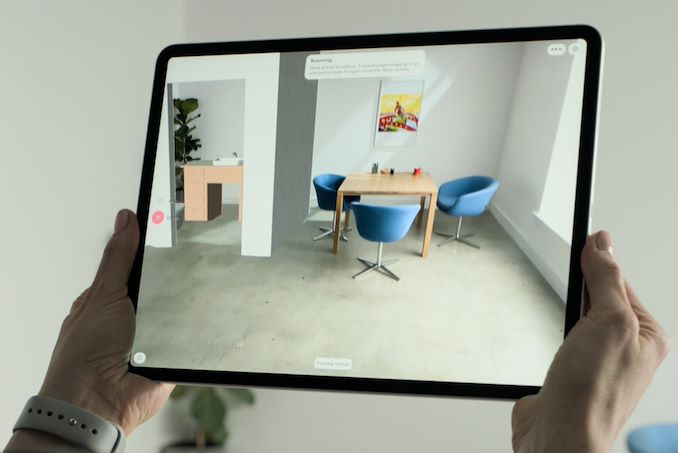
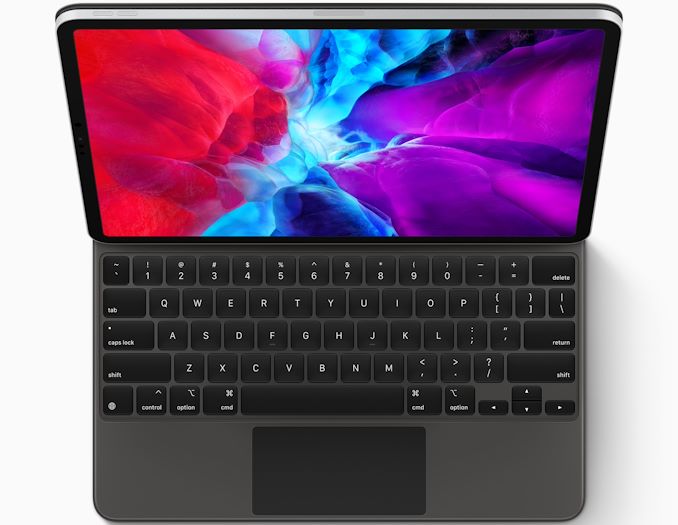
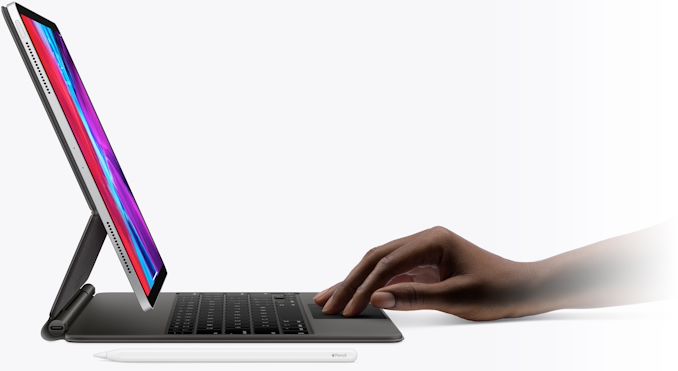
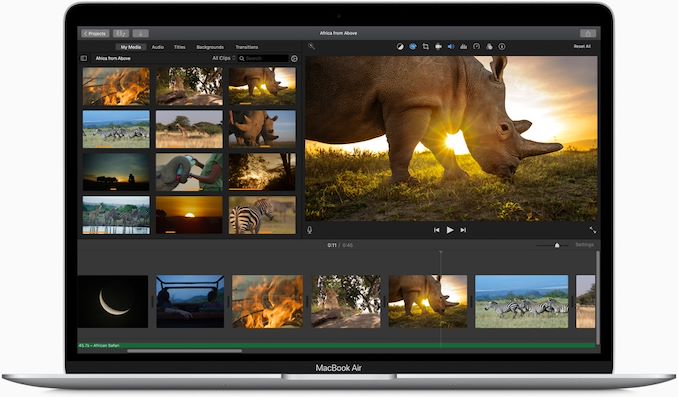


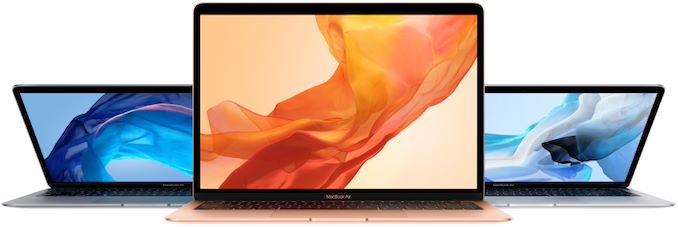
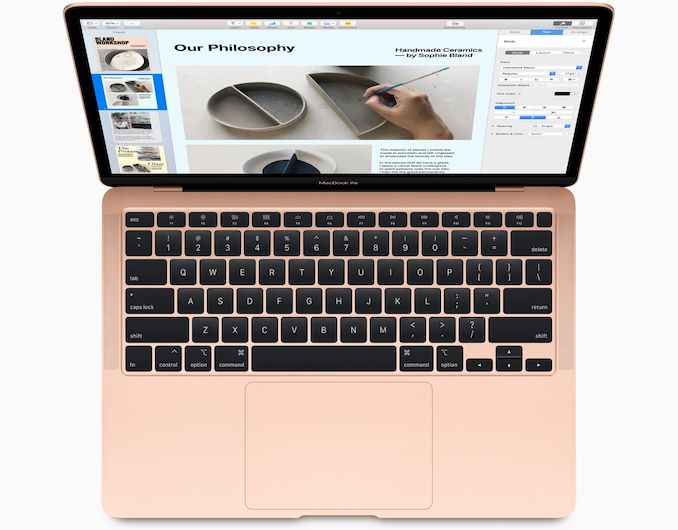
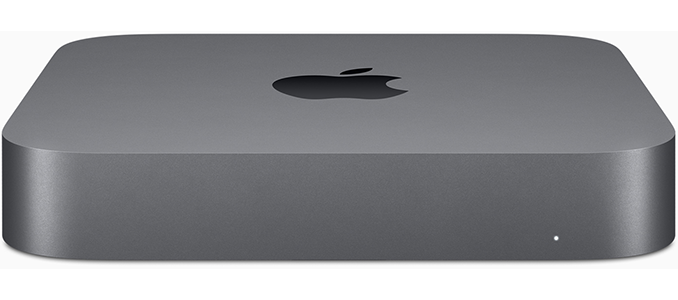

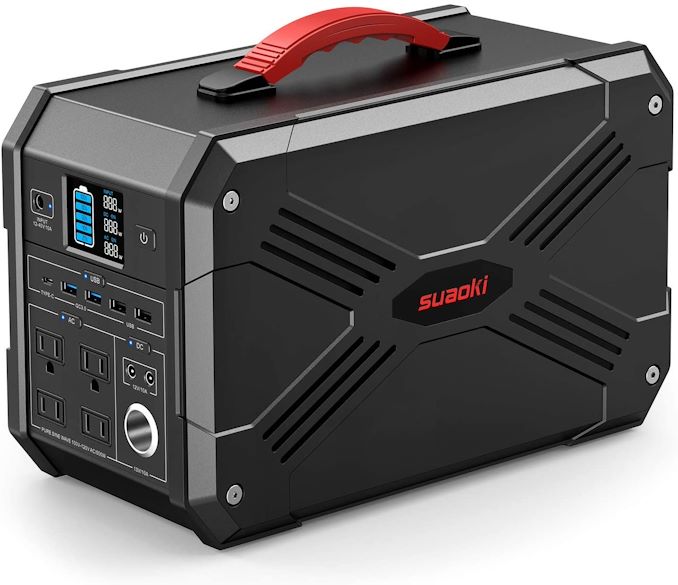
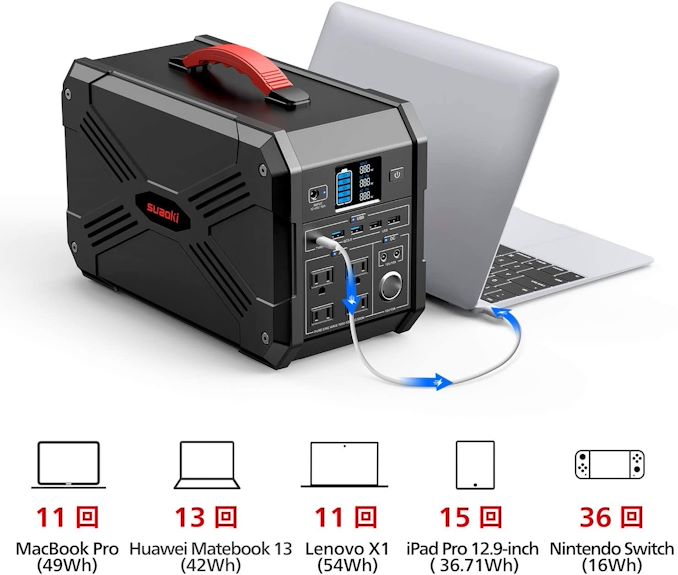


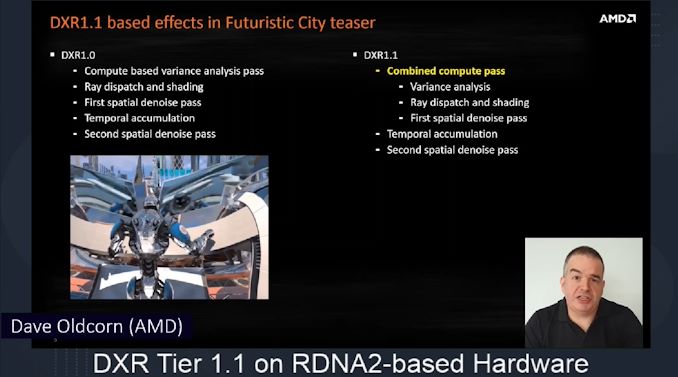
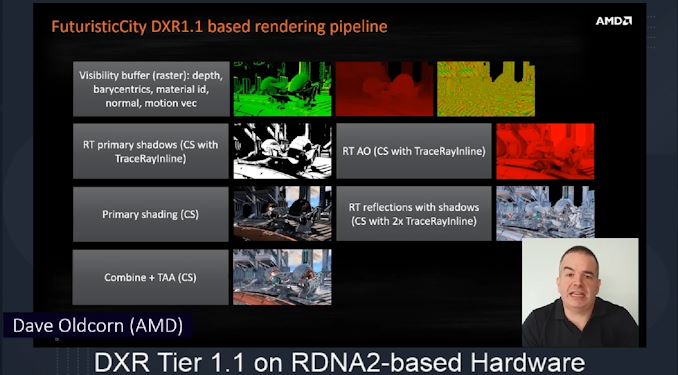
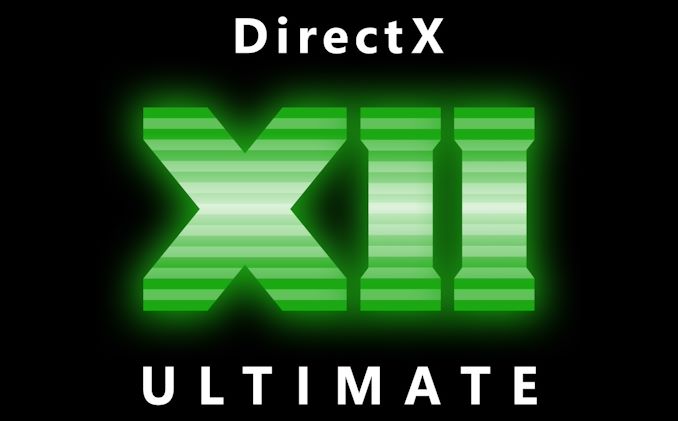



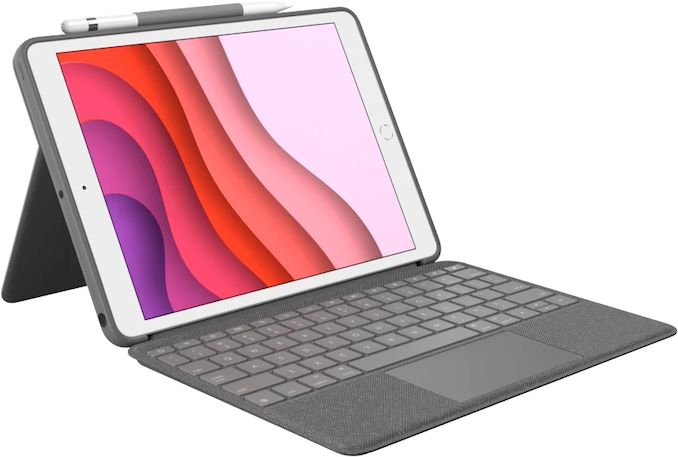
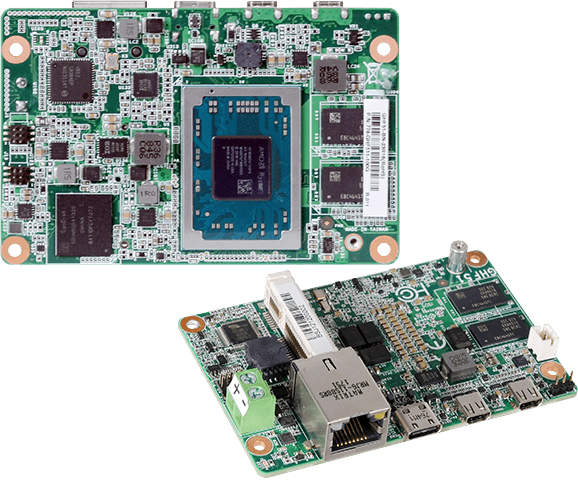
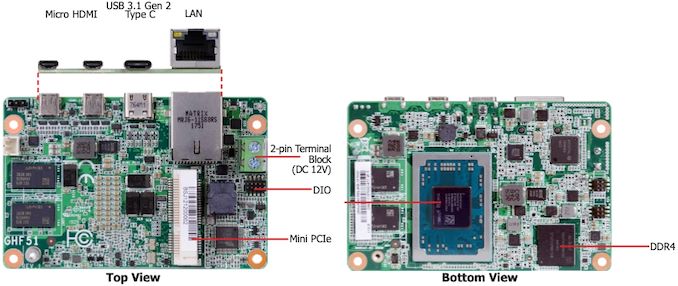
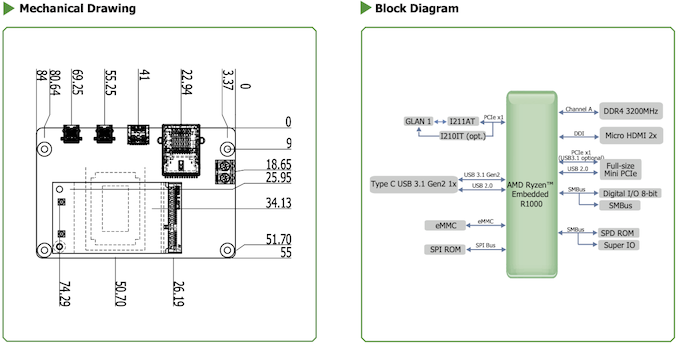
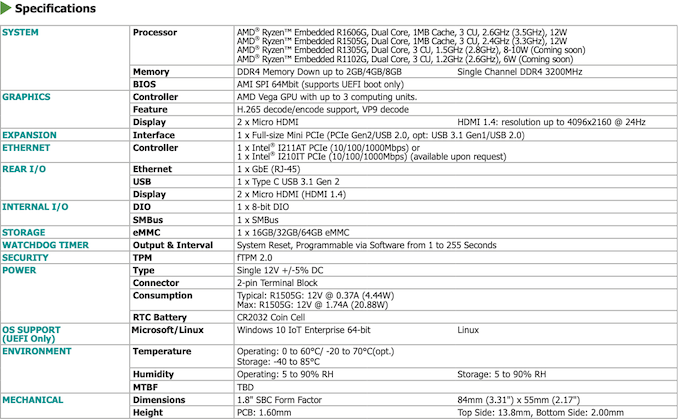
















Bookmarks